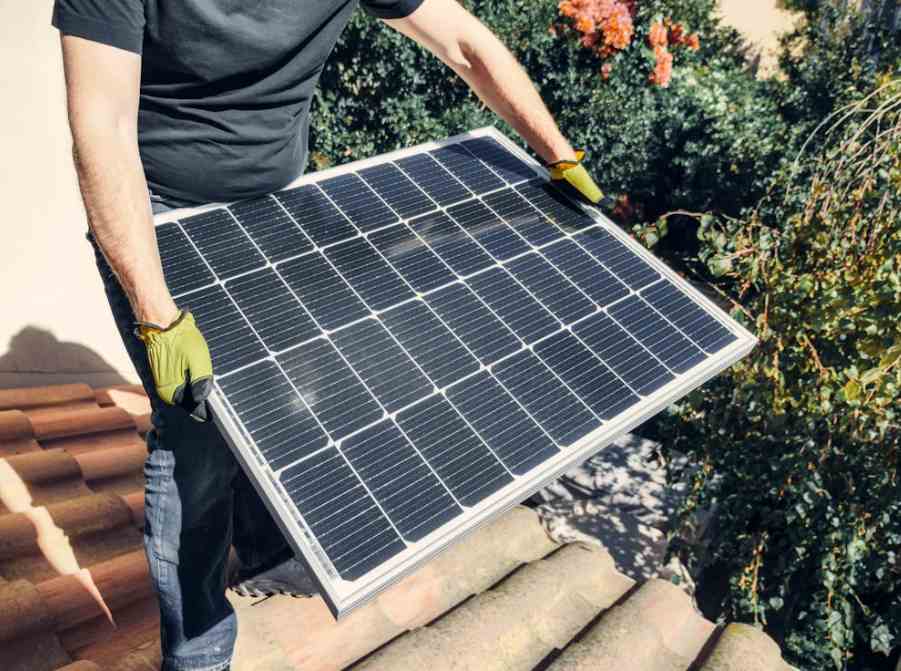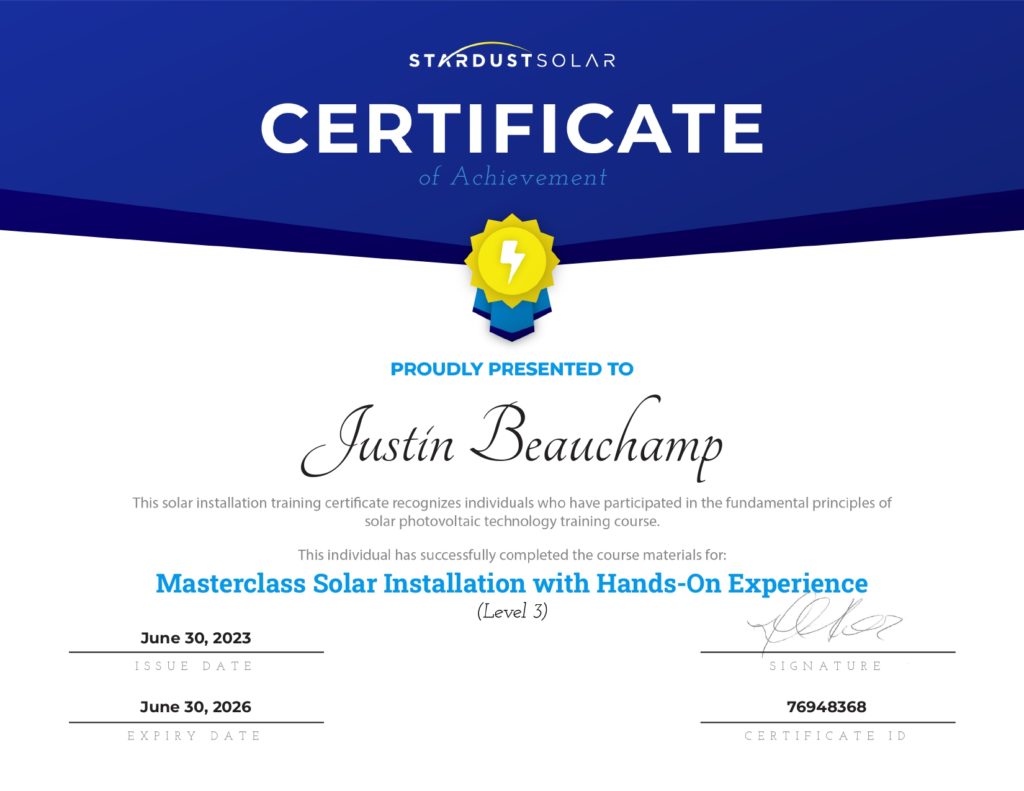The rise of multi-family housing units—apartments, condominiums, and townhouses—presents a unique opportunity for large-scale solar energy adoption.
According to the Canadian Centre for Energy Information, multi-family buildings account for a significant portion of residential energy consumption, with an average unit consuming roughly 3,400 kWh (kilowatt-hours) per year.
The size and cost of solar installation Calgary for multi-family buildings varies considerably. Many factors dictate the size and the final price, including the amount of usable roof space, your local utility’s solar policies, your budget constraints, and how much you aim to reduce your energy consumption.
Factors Affecting Solar Needs for Multi-Family Housing
Multifamily and commercial solar installations can demonstrate different factors. Project sizes may go from a very small 1.8 kW system to a large-scale 1.6 MW setup. The usual solar power size installed in Western Canada was 55 kW, which cost approximately $110,000 before any financial incentives were applied.
Building Electrical Consumption
- Examine past energy costs for both the entire building and individual units. Analyze monthly and annual kWh consumption to understand peak usage periods.
- Distinguish between common area consumption (lighting, hallways, laundry) and individual unit consumption (appliances, heating/cooling).
Building Type and Size
Residential buildings consume less electricity compared to commercial buildings with higher lighting, ventilation, and equipment loads. Larger buildings with more floor space and occupants naturally have higher electricity demands. The International Energy Agency says building operation is a major driver of global energy demand, consuming 30% of the final energy used worldwide
End-Use Categories
Heating, Ventilation, and Air Conditioning
These are often the largest power consumers in buildings, responsible for up to 40% of total consumption. Factors like building envelope efficiency, climate control settings, and HVAC type all influence renewable energy solutions.
Lighting
Lighting systems contribute to energy consumption in solar panel installations, especially commercial buildings. Transitioning to LED lighting with higher efficiency and occupancy sensors reduces energy use and greenhouse gas emissions.
Appliances and Electronics
The type and usage patterns of appliances and electronics in a building impact electricity consumption. Electricity usage of star-rated appliances and responsible user behaviour contribute to lower overall use.
Water Heating
Electric water heaters are a major contributor to electricity consumption, especially in multi-family buildings with centralized hot water systems. Heat pump water heaters offer a more efficient alternative.
Automation Systems
Elevators, security systems, and other miscellaneous equipment all consume power and contribute to a building’s overall electricity consumption.
Roof Suitability and Available Space
Roof Area and Geometry
Measure the south-facing roof area (in square meters) precisely for optimal sunlight exposure for your solar modules. When calculating usable space, account for obstructions like vents, skylights, and parapets. Complex roof shapes require specialized mounting systems to maximize solar panel placement and solar potential.
Solar Irradiance
Analyze the roof’s sun exposure throughout the day using a solar irradiance map or software. Ideally, south-facing roofs with a tilt angle between 30 and 40 degrees offer optimal solar power exposure throughout the day. East and west-facing roofs are viable but with lower efficiency.
Structural Capacity
Ensure the roof structure supports the additional mass of installing solar panels and mounting systems. A qualified engineer or solar contractor may conduct a structural analysis, especially for older buildings, to verify the load-bearing capacity of solar panels. Factors like ceiling material, rafter size, and spacing all influence structural capacity and energy costs.
Dwelling Size
| Size | Description | Number of Solar Panels Required |
| Small (2000 sq. ft. and below) | Includes apartments, condos, townhouses, or smaller single-family homes with 1-3 bedrooms | Between 20 and 24 solar panels |
| Medium (2000 sq. ft—2600 sq. ft) | Mid-sized single-family homes with 3 bedrooms | Around 30 solar panels |
| Large (2600 sq. ft and above) | Larger single-family homes with 4 or more bedrooms | Around 50 panels |
Note: These figures are just estimates, and the actual numbers depend on the energy needs, location, and solar potential.
Local Climate and Sun Hours
- Calgary boasts an average annual temperature of 5.1°C (41°F). Winters are long and cold, with average January temperatures of -9.5°C (15°F) and frequent snowfall. Summers are relatively warm, with average July temperatures of 17.8°C (64°F) in Western Canada.
- Calgary homeowners receive an average of 5.2 Peak Sun Hours (PSH) per day throughout the year. PSH measures the amount of solar radiation reaching the earth’s surface, expressed as the equivalent number of hours of direct sunlight.
- Sun hours vary significantly throughout the year. Summer boasts longer days, with an average of 16.4 PSH in June, while winter experiences much shorter days, with only 4.3 PSH in December.
Occupancy Rates and Future Growth
A higher occupancy rate leads to greater electricity demand (power bills), requiring a larger solar system. Consider future expansion plans and potential increases in energy needs.
Building Thermal Performance
Implementing energy-efficient appliances and LED lighting reduces overall electricity consumption, lowering the required solar panel capacity to offset energy needs.
| Appliances | Wattage |
| Air Conditioner | 1500W |
| Microwave | 1000W |
| Blender | 500W |
| Freezer | 1500W |
| Blow Dryer | 1500W |
A well-insulated building envelope minimizes heat loss/gain, reducing reliance on HVAC systems. Improved thermal performance results in a smaller solar system requirement.
Calculating Estimated Solar Energy Production
Solar panels are rated in watts based on their power output under ideal conditions. A 60-cell monocrystalline panel has a capacity of 320W. The total solar power capacity is the sum of individual panel wattages. Several online solar calculators estimate the annual solar energy production for your multi-family housing complex like:
| Renogy Solar Calculator | This is a user-friendly calculator that requires you to input your location, estimated monthly electricity bill, and roof characteristics. It provides an estimate of system size, annual energy generation, and potential cost savings. |
| Calgary Residential Solar Calculator | This location-specific calculator focuses on Calgary, Alberta. You can enter your address or choose a location on the map. It utilizes LiDAR data and roof shape analysis to estimate your specific roof’s potential solar panel capacity and annual energy generation. |
Upfront Costs of Solar Panel Installation for Multi-Family Housing
System Components
- Solar panels’ cost varies based on efficiency (more efficient = higher upfront cost, potentially higher long-term electricity generation). A typical range for high-efficiency panels in Canada is $1.50 – $2.00 per watt.
- The cost of an inverter depends on the system size and the type of inverter (string vs. microinverters). Expect to pay $0.50 – $1.00 per watt.
Balance of System Costs
- Mounting system cost varies depending on roof type (flat vs. pitched) and complexity. Flat roof systems require additional ballast for stability, thus increasing costs. Budget around $0.30 – $0.75 per watt.
- BOS equipment includes wiring, cabling, junction boxes, and monitoring equipment. Expect to pay $0.25 – $0.50 per watt.
- Permitting and inspection fees are also location-dependent and depend on project size, but they range from $1,000 to $5,000 CAD for multi-family installations.
Solar PV System Cost Benchmarks
The National Renewable Energy Laboratory shared its findings in a report entitled “Solar Energy Technologies Office (SETO) Photovoltaics (PV) System Cost and Performance Assumptions for Fiscal Year 2024.” This report highlights the Minimum Sustainable Price (MSP) and Modeled Market Price (MMP) benchmarks for solar PV systems.
| Q1 2022 Price Increases | The Q1 2022 MMP for residential PV systems using microinverters is $2.95 per watt direct current (Wdc), which is 15% higher than the MSP ($2.55/Wdc). This increase is attributed to inflationary pressures in the solar industry. |
| Sector-Specific Cost Variations | The Q1 2022 MMP for commercial rooftop systems is $1.84/Wdc, while the MMP for ground-mounted commercial systems is slightly higher at $1.94/Wdc. This reflects the additional cost considerations for a ground-mounted solar panel installation. |
| Year-over-Year Comparisons | Due to market fluctuations, year-to-year cost comparisons are complex, but they rose 6-8% across sectors compared to Q1 2021. |

Unlocking Solar Savings for Your Multi-Family Property
To determine the ideal solar panel system size for your multi-family housing complex requires careful analysis. Make sure to have the right size of solar installation for maximum energy production and solar savings.
Contact MAG Solar today for a free consultation, quality work and exceptional service. Let certified solar installers assess your energy needs, roof space, and budget to design a customized solar setup based on your needs. Discover your housing’s solar potential and maximize return on investment with the right number of solar panels in Calgary.
Reduce your carbon footprint with MAG Solar’s reliable solar panel installation services.
Frequently Asked Questions
How much of my building's electricity can solar panels realistically offset?
A well-designed solar panel system can offset a significant portion of your building’s electricity consumption, often ranging from 50% to 80%.
What are the pros and cons of different inverter types (string vs. microinverters) for multi-family buildings?
- String Inverters: Lower upfront cost, but if one panel in a string malfunctions, the entire string can be affected. Less flexibility for individual unit solar access.
- Microinverters: Higher upfront cost, but each panel operates independently, maximizing production even if other panels have issues. Ideal for complex roof layouts or potential future sub-metering for individual units.
What are the potential shading considerations for my roof, and how can they be addressed?
Nearby trees, chimneys, or other structures can cast shade on your panels, reducing energy production. Shading analysis tools or consultations with experienced solar installers can help identify potential shading issues and explore mitigation strategies like panel layout optimization or trimming vegetation.

